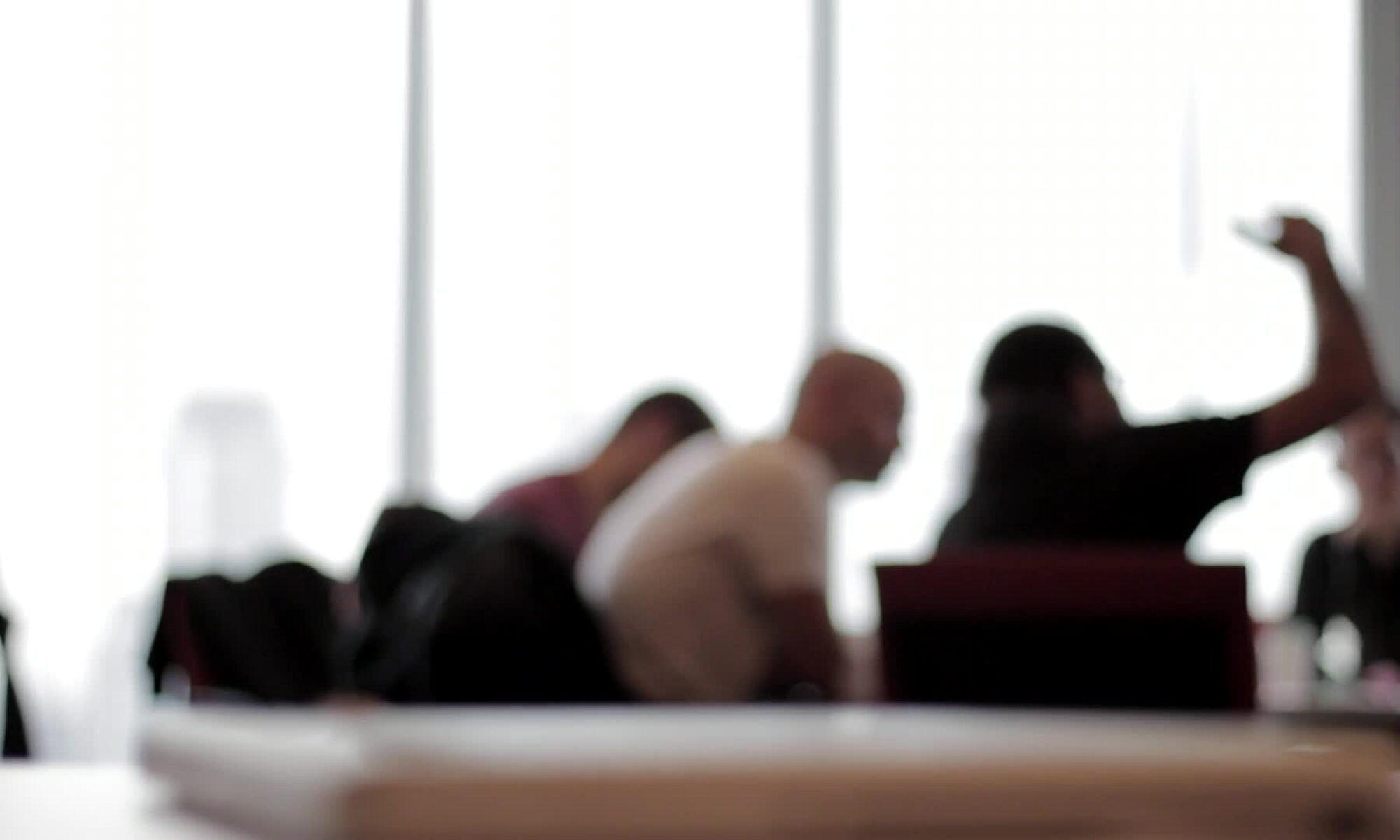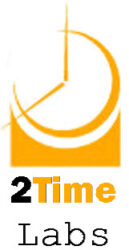As working professionals, there are points in our careers when things take a turn for the worse in terms of our personal productivity.
The symptoms are sometimes clear to see. All of a sudden, commitments start falling through the cracks. We stop remembering all the things we think we should. Our Inbox fills up with unprocessed time demands that sit around like ticking time-bombs, causing us to lose sleep.
People start complaining to us that we aren’t keeping our promises. We often find ourselves late, stressed and cluttered. Sometimes, we put on weight and our relationships start to falter due to lack of attention.
These are all events that indicate that something is awry and often come about because something in our lives has changed. Some examples include:
- Significant life-changes take place, varying from getting married, having a new baby at home or needing to take care of an ailing parent.
- New, game-changing technology is introduced in our lives and we are either unwilling or unable to learn how to use it well. Facebook are smartphones are two examples of powerful time-savers when used wisely, but there are many who don’t use one or the other because they only see how addictive they can be.
- We accept greater responsibility at work, and as a result, the number of time demands we must process each day grows past a certain threshold that our current habits can’t handle.
Whatever the cause, the result is the same. We feel as if we aren’t coping.
Our tendency is to blame life, and try to return things to the way they were when we were on top of things, even when it’s clear that there IS no turning back. We want to go back to a time when our habits worked, but what we don’t realize is the fact that life changes, and even the best crafted habits need to evolve in pace with the fact that life never stands still.
We are actually victims of our success, as the habits that we used to succeed stopped working.
Take for example the simple habit of “putting things where you won’t forget them.” It’s a great practice that we are taught when we’re very young. Visual cues are very powerful, and they can often be used to trigger necessary actions, such as remembering to pick up the house keys before leaving on a long trip.
The reason that so many professionals have overflowing Inboxes and lost time demands is that they use this practice in ways that are simply unsuitable. When email comes in, they keep it in the Inbox — in order to remember to work on it later. It’s the reason why Whittaker and Sidner’s research showed that 53% of the average user’s email is sitting in their Inbox, rather than a folder.
They might do the same with important paper. They keep it on their desktops in order to remember to do something with it later.
The fact is, these tactics work when the number of email and paper-based time demands is low. Once they increase past a certain threshold however, the result is chaos, as the very opposite happens. Instead of helping someone to remember time demands, their very volume causes them to forget most of them, masking the commitments that they represent.
Another habit that works when volumes are low is “answering the phone each and every time it rings,” as we were taught as youngsters. In 2011, answering the phone whenever it rings is a recipe for disaster, now that we have 24-7 access to smartphones. Instead, we must turn phones off, ignore them and use voicemail in order to keep the peace of mind that comes from being productive.
The idea that no single pattern of habits, practices and rituals is good enough to last forever is at the heart of the 2Time system, which is what I call a “dynamic time management system,” as opposed to the “static” systems that others have invented.
If you are interested in learning how to upgrade your system on an ongoing basis for the rest of your working career, then there’s an opportunity coming up.
I’ll be offering MyTimeDesign 1.0.Free to the public again, and once again it’s free. To sign up to be on the early notification list, simply visit http://mytimedesign.com and I’ll let you know when my 6-week, e-learning program will be open for registration.



